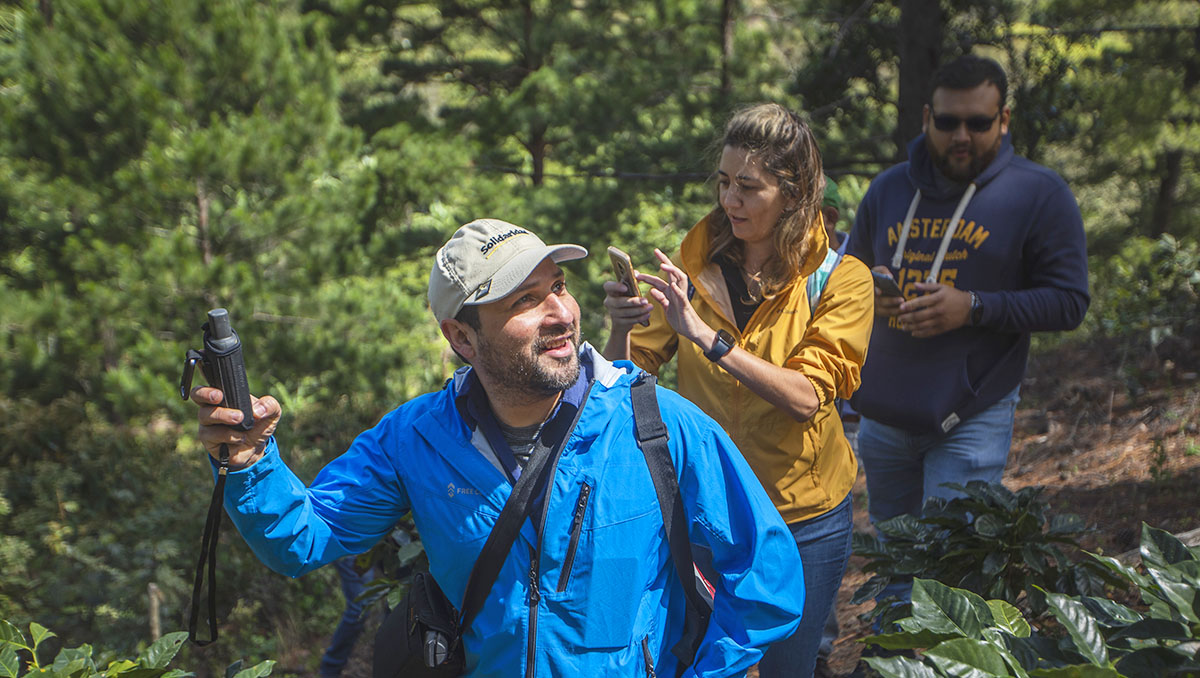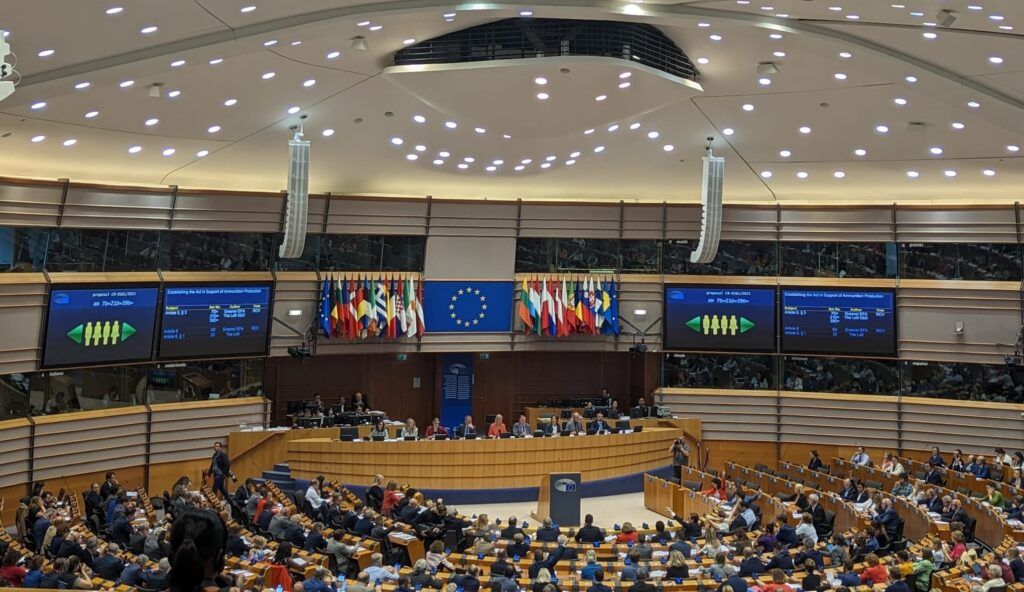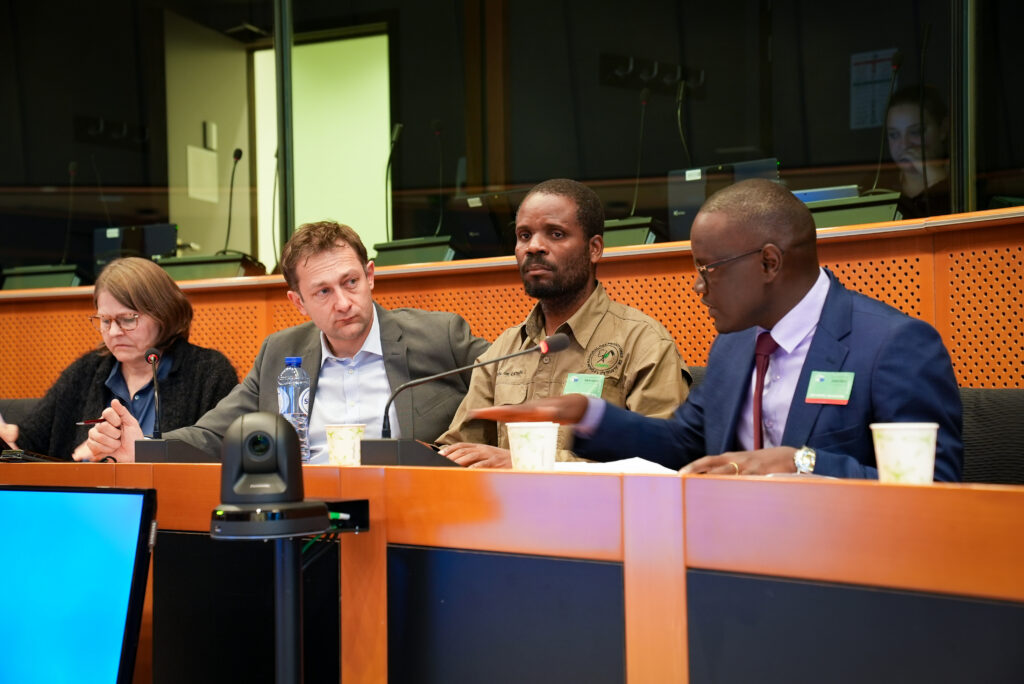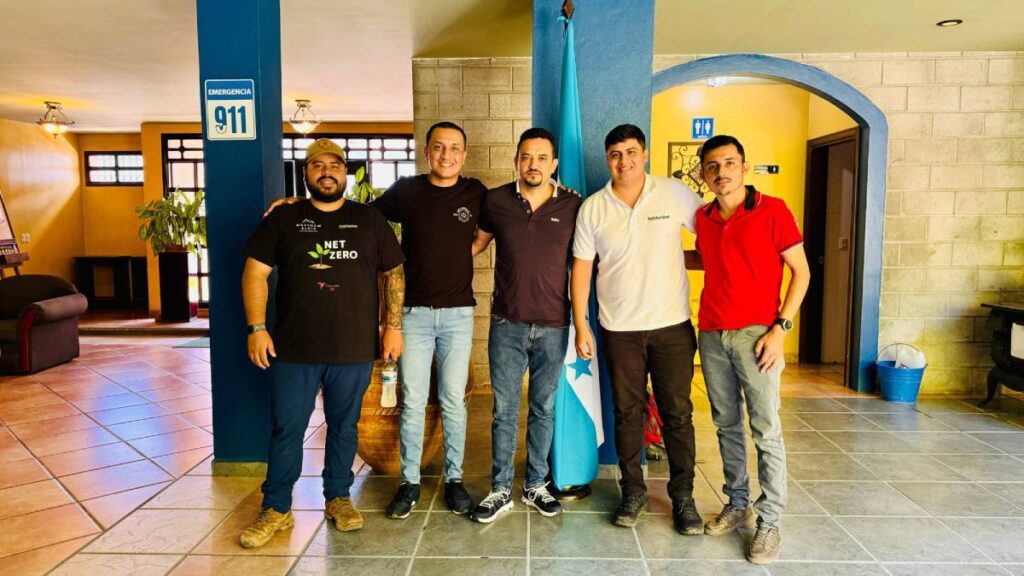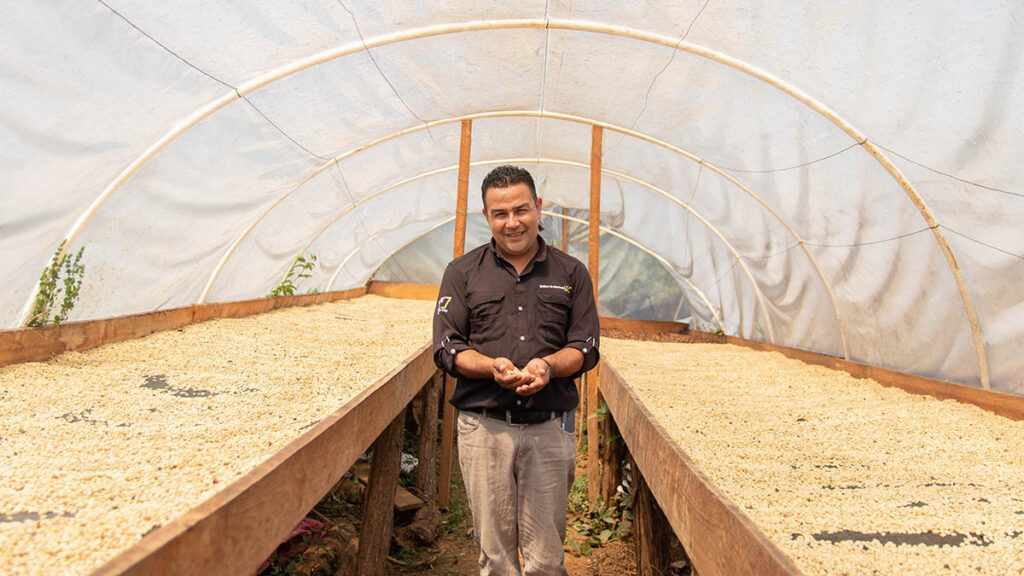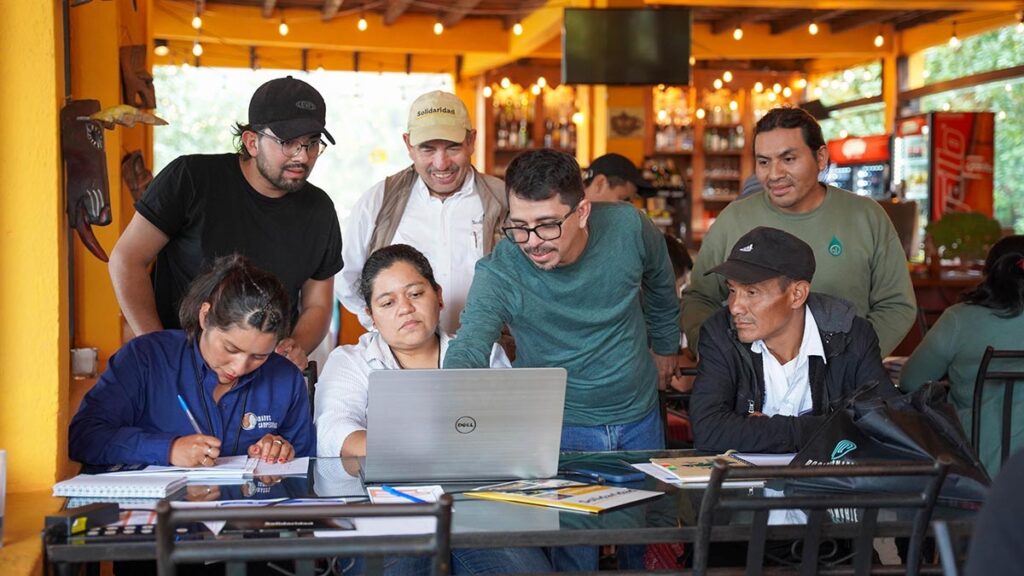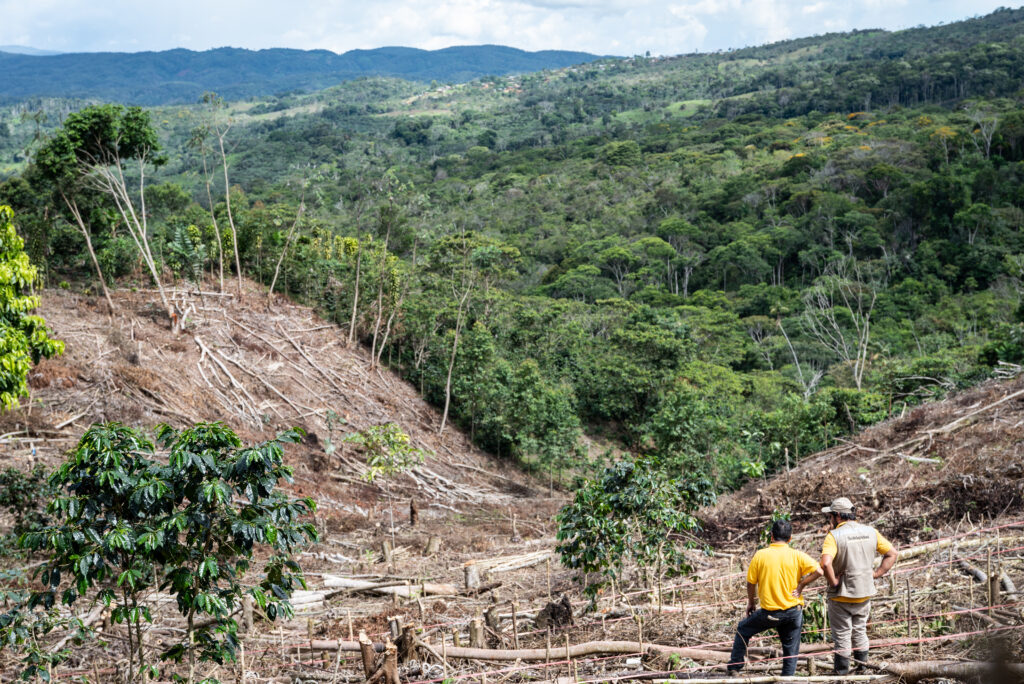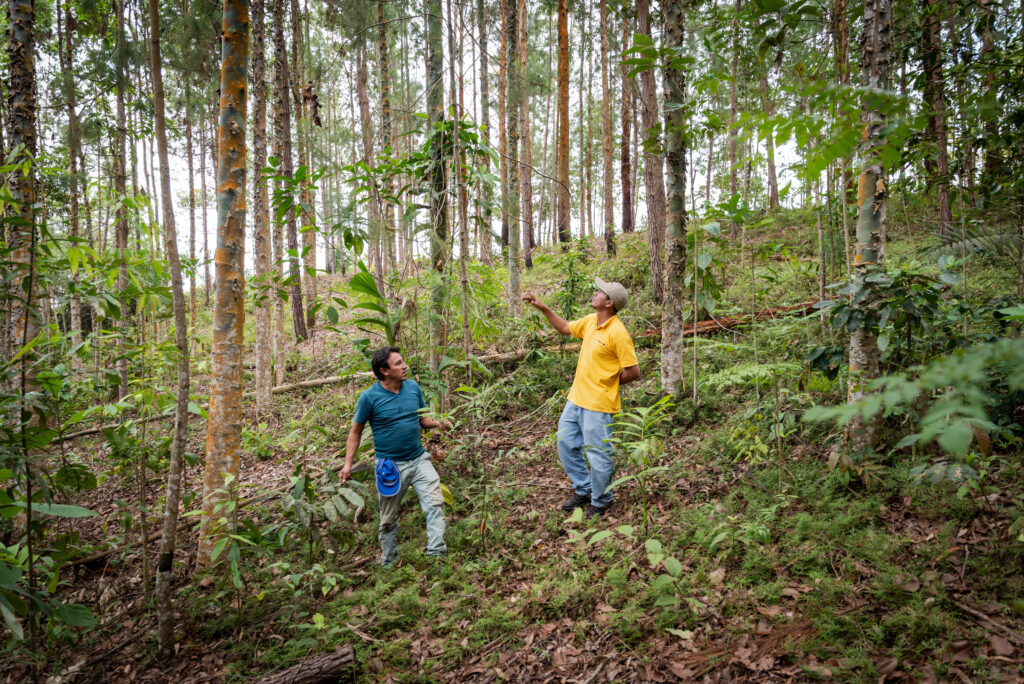Simply implementing digital solutions is not enough; we need to be strategic to be successful.
Overcoming implementation hurdles
There are still many technological challenges that implementers face. Every day we notice how the use of technology is increasing and providing us with great benefits like obtaining information, organizing it, and making effective decisions, but not without challenges. Consider applying the following strategies for successfully implementing digital solutions in the field.
Tool development and adoption processes vs. expectations
After identifying a need in the field and considering responding to it through technology, several steps must be carried out including:
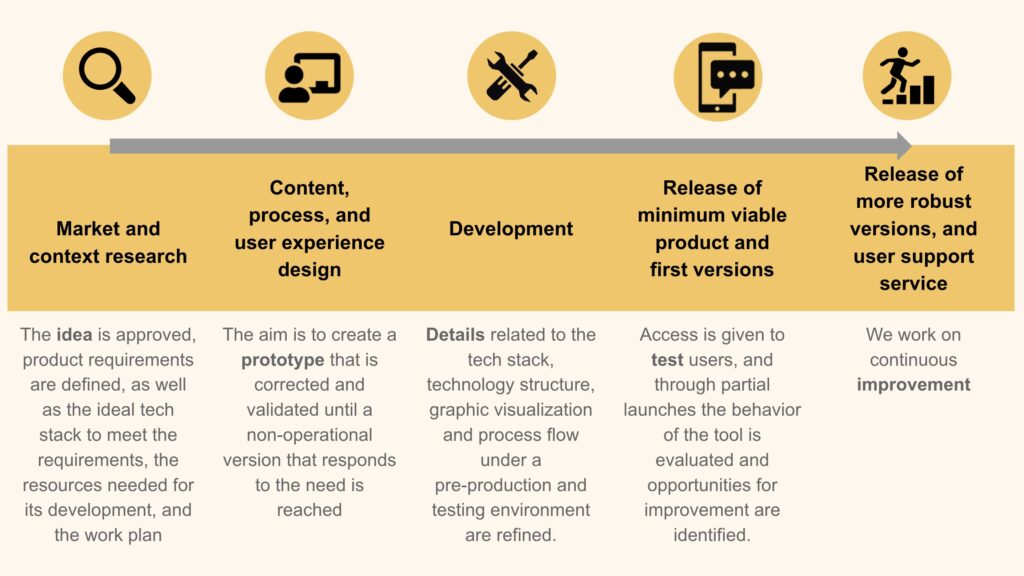
The complexity of this process can be overwhelming for teams in the field, partner organizations, and users, as they may not be fully aware of the intricacies involved in tool development and often anticipate quick delivery with optimal performance. Moreover, the obligations towards donors or partners add pressure to achieve results within tight timelines.
Developing a tool requires both time and effort; identified corrections can range from minor to substantial. A few suggestions for managing this situation are:
- Share enough information about this process with the team.
- Be clear, from the start, about the time and resources that each technological solution will require.
- Ensure that there is enough time allotted for the proposed solution’s field implementation, so that it fits within the project timeline.
- Develop basic solutions that are functional but also sustainable and scalable, so that their improvement can be developed under different projects, rather than linked to a single project.
- Manage expectations from the beginning and at different levels. In other words, do not announce the launch of an app in advance when the idea is still being evaluated. Ensure the timely involvement of each stakeholder to prevent a loss of interest.
Understanding each area’s role when implementing digital tools
A common challenge in implementing digital tools in the field is defining who should do what. Because this process is related to technology, it is assumed that the deployment and adoption of a tool is the responsibility of the technology team, along with the development and support.
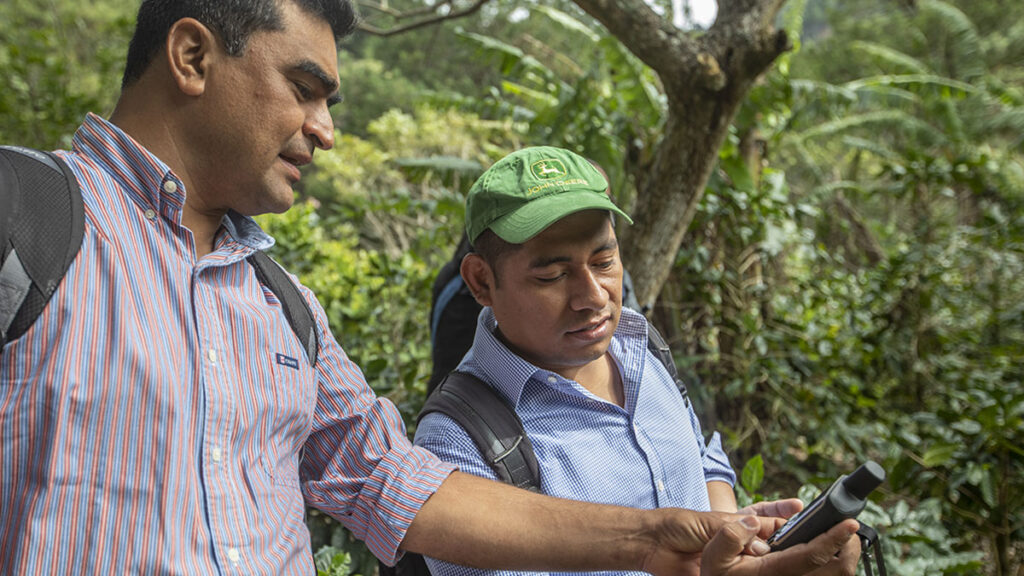
However, it’s important to note that once a technology team delivers a product that meets the conditions to be used in the field, it is now the operations team’s task to ensure its adoption. IT can certainly provide technical support and respond to technical improvement needs.
Suggestions to address these challenges:
- Include a member on your IT team that provides technical, deployment, and field support; a liaison between IT and operations.
- Clearly define the tool’s launch and implementation process. Define roles and responsibilities, and determine how you are going to provide on-site help during the implementation.
- Define the support needed to increase the probability of success. Some examples: training materials, including technology modules in the work plan, empowering community leaders or promoters to lead the digital transformation in their communities, developing incentive plans, creating WhatsApp support channels, offering support bots, etc.
- Ensure that the project team feels comfortable using the tool before going out to the field. They are the first level of support and the first line of approach to the tool.
The added value of the tools
If end users do not perceive the benefit or added value of a tool, they will not use it. This is the case even if the data collected is useful to measure project results; even if the application works perfectly and is eye-catching; even if obtained data could increase smallholders’ access to financial services; even if it’s helpful to improve crop management; and even if the tool reports the economic results of the crop cycle. Users must understand the tools’ value.
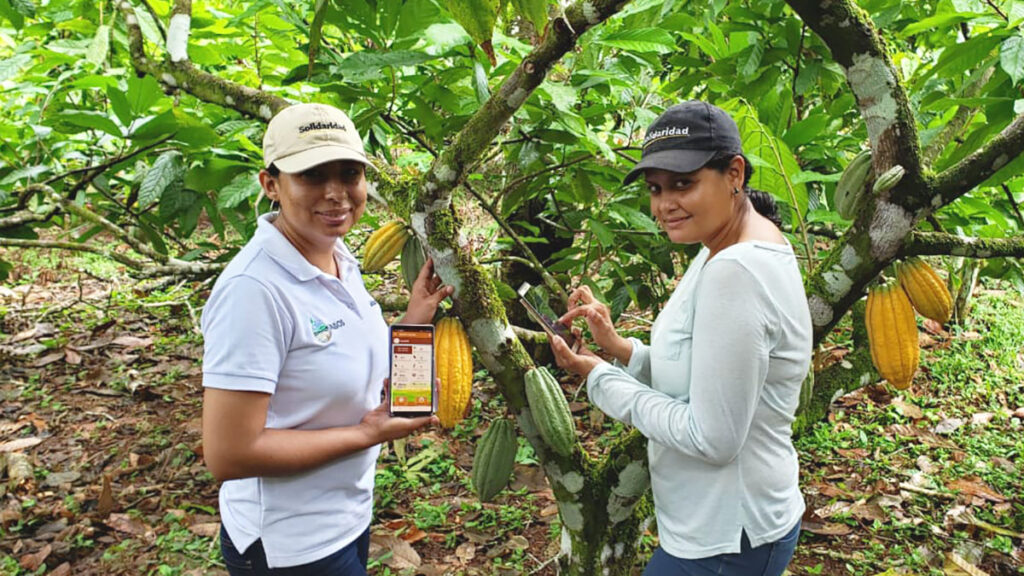
Suggestions to respond to these challenges:
- Be sure to include the interests of end users in the research stage and correctly understand their needs and the added value of the solution that you want to provide.
- Take into account the additional costs that may be involved for smallholders. The app may be very good at determining the improvements to be made on the farm, but if the smallholder does not have the means to apply them, there will be no change or impact and the need will continue to exist.
- Don’t think only about what you need to obtain from the application from your point of view as an implementer. It’s very likely that our interests are not exactly the same as those of the tool’s users.
- Integrate gamification or animated content as these allow us to provide an immediate reward to the user. Many times what we are trying to correct requires time and the wait can frustrate or bore the user. Immediate rewards give recognition to the effort and the small steps taken to reach the final goal. In addition, animated content contributes to a greater understanding of the benefits offered.
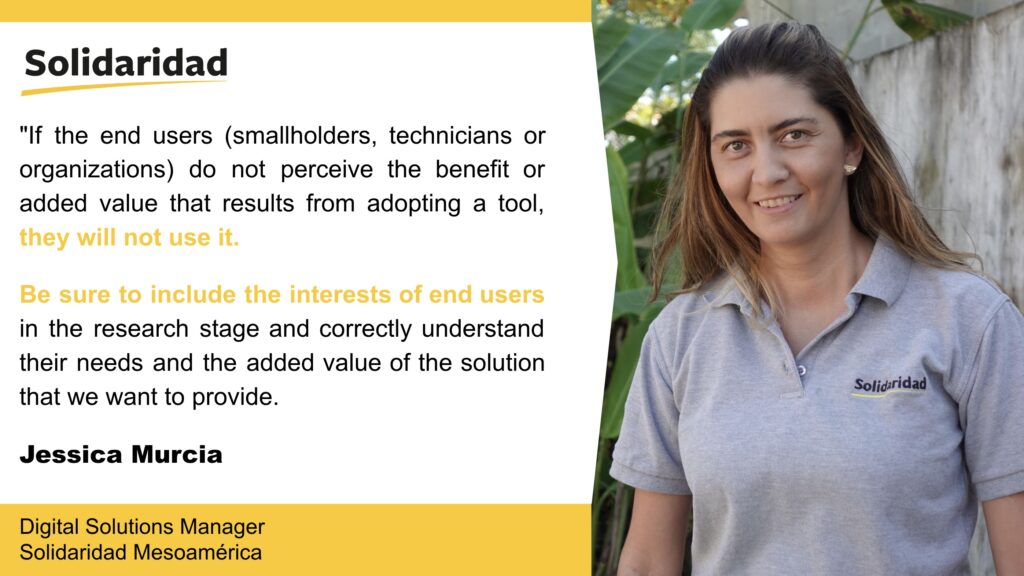
Data and information management
Agricultural value chains are characterized by the many stakeholders involved, including input suppliers, smallholders, intermediaries, organizations, foundations, companies, public entities, academia, etc. Each stakeholder has its own interests and concerns.
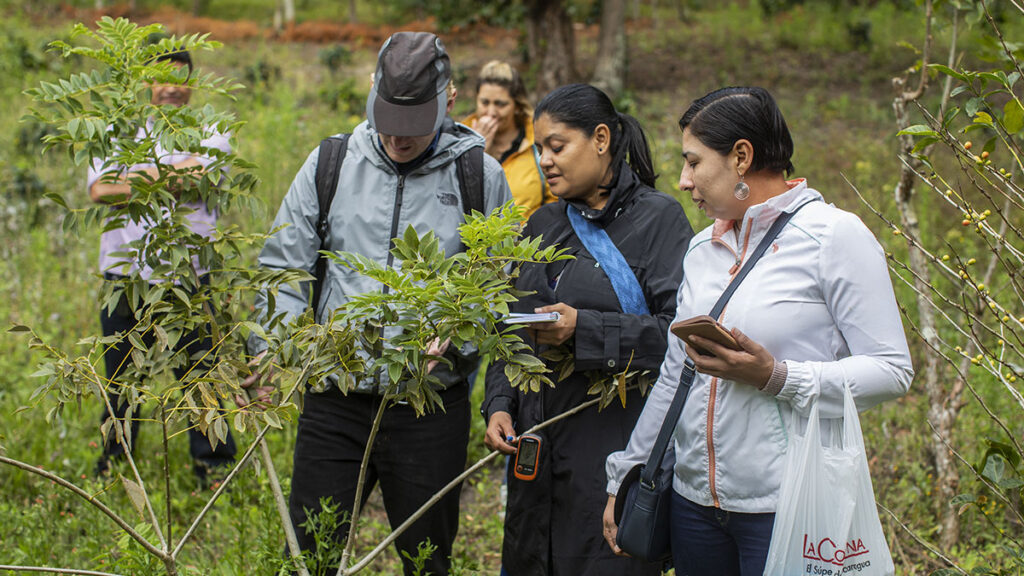
A common and increasingly recurring concern is related to data ownership and privacy. Who is the owner of the data: Is it the developer of the tool? The one who collects the data? The buyer? On the other hand is the security of the data: who is going to have access? How can I be sure that my data as a buyer or supplier will not be exposed?
Suggestions:
- Be clear on the data management laws of each country in which you will be using the tool. Ensure that the terms and conditions comply with these laws.
- Make sure to take measures to increase data security: make backups, use encryption, monitor access, include measures such as two-step login verification, use biometric mechanisms, etc.
- Schedule cybersecurity practices, training, and alert monitoring within the organization.
- Ensure that a variety of profiles are included to meet access needs: management level, basic viewing level, administration level, etc.
Implementing digital solutions that bring us closer to sustainability
At Solidaridad, digital tools have helped women to create more sustainable and inclusive value chains. Despite the many advances, we still have a lot of work to do. A different but related challenge that we must face is the use of information in technology. You may be interested in reading this article about making data-driven decisions by my colleague Patricia Gómez.
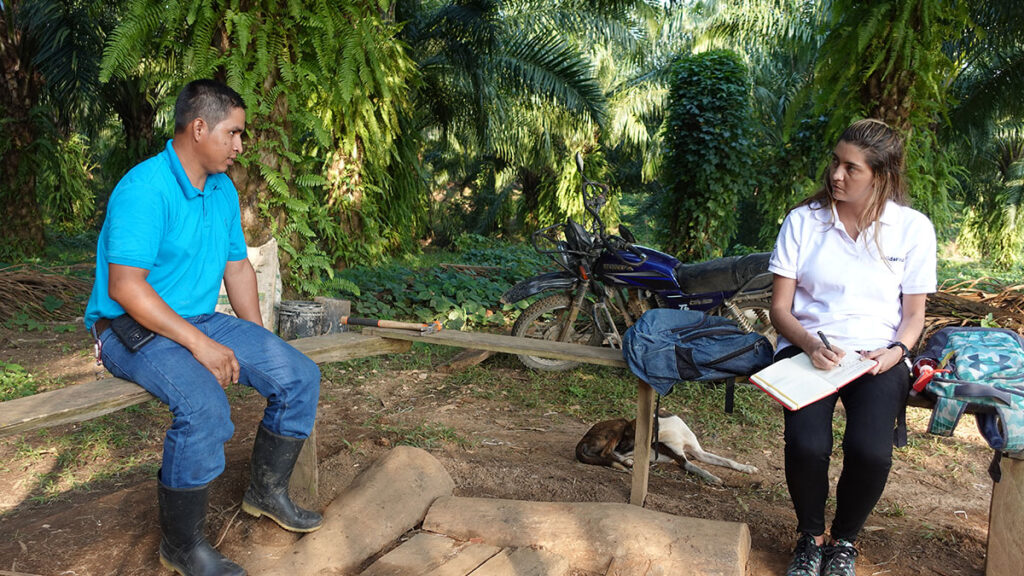
Technology is an important aspect of our efforts to improve the quality and sustainability of agricultural practices. This means ensuring that in all of our projects, all members of families and communities can equally access and benefit from technology. We must address differences in the access to knowledge and limitations that could prevent women and girls from using this technology to their benefit and development. These technology solutions need to meet their priority needs.
Solidaridad Latin America
Article originally published in Spanish on LinkedIn by Jessica Murcia, Digital Solutions Manager Solidaridad Latinoamérica.

